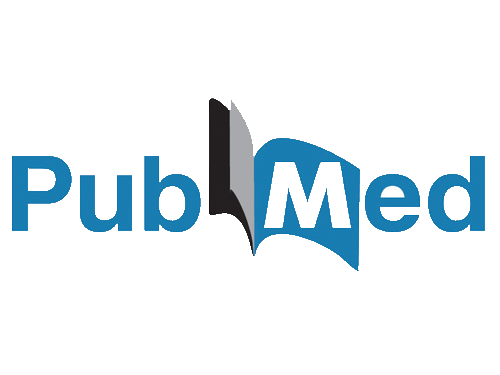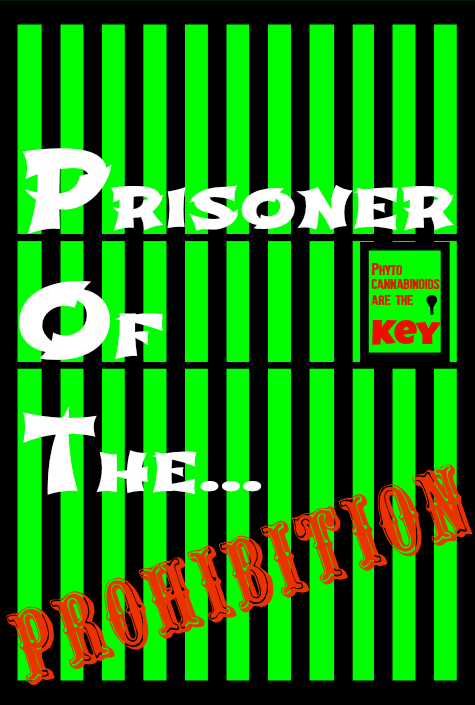2014 May 13. doi: 10.1038/npp.2014.110. [Epub ahead of print]
 Cannabinoid Type 1 Receptor Availability in the Amygdala Mediates Threat Processing in Trauma Survivors.
Cannabinoid Type 1 Receptor Availability in the Amygdala Mediates Threat Processing in Trauma Survivors.
Pietrzak RH1, Huang Y2, Corsi-Travali S3, Zheng MQ2, Lin SF2, Henry S2, Potenza MN4, Piomelli D5, Carson RE2, Neumeister A3.
Abstract
Attentional bias to threat is a key endophenotype that contributes to the chronicity of trauma-related psychopathology. However, little is known about the neurobiology of this endophenotype and no known in vivo molecular imaging study has been conducted to evaluate candidate receptor systems that may be implicated in this endophenotype or the phenotypic expression of trauma-related psychopathology, which is comprised of threat (i.e., re-experiencing, avoidance, and hyperarousal) and loss (i.e., emotional numbing, depression/dysphoria, generalized anxiety) symptomatology. Using the radioligand [11C]OMAR and positron emission tomography (PET), we evaluated the relationship between in vivo cannabinoid receptor type 1 (CB1) receptor availability in the amygdala, and performance on a dot-probe measure of attentional bias to threat, and clinician interview-based measures of trauma-related psychopathology. The sample was comprised of adults presenting with a broad spectrum of trauma-related psychopathology, ranging from non-trauma-exposed, psychiatrically healthy adults to trauma-exposed adults with severe trauma-related psychopathology. Results revealed that increased CB1 receptor availability in the amygdala was associated with increased attentional bias to threat, as well as increased severity of threat, but not loss, symptomatology; greater peripheral anandamide levels were associated with decreased attentional bias to threat. A mediation analysis further suggested that attentional bias to threat mediated the relationship between CB1 receptor availability in the amygdala and severity of threat symptomatology. These data substantiate a key role for compromised endocannabinoid function in mediating both the endophenotypic and phenotypic expression of threat symptomatology in humans. They further suggest that novel pharmacotherapies that target the CB1 system may provide a more focused, mechanism-based approach to mitigating this core aspect of trauma-related psychopathology.Neuropsychopharmacology accepted article preview online, 13 May 2014; doi:10.1038/npp.2014.110.
- PMID:
- 24820537
- [PubMed – as supplied by publisher]

